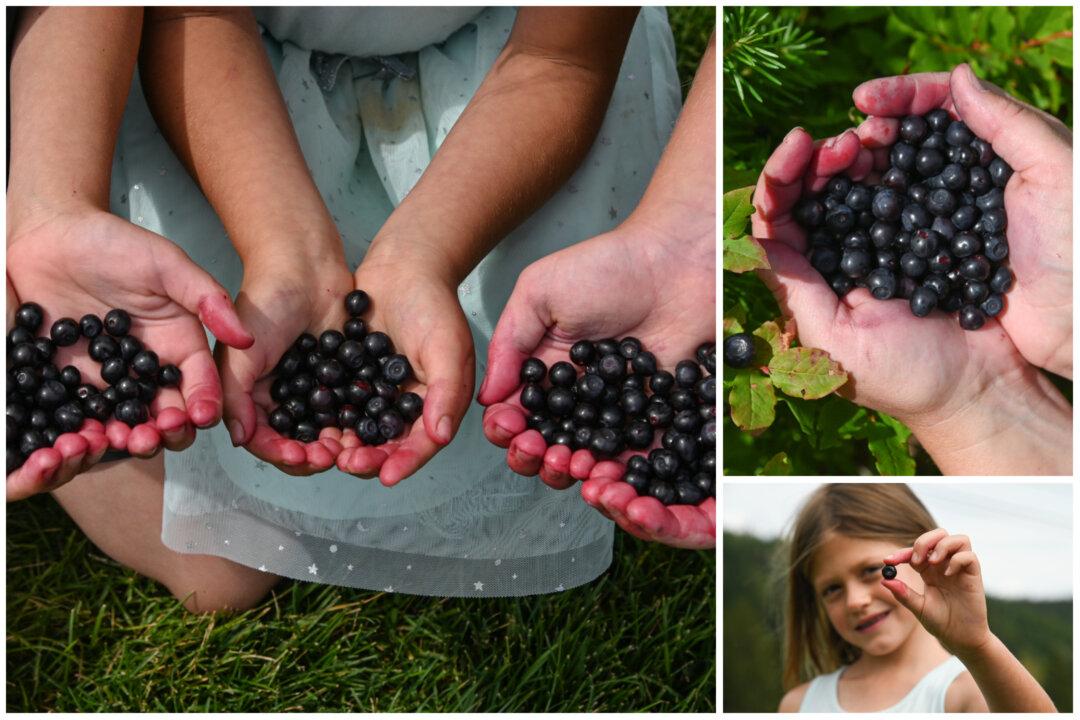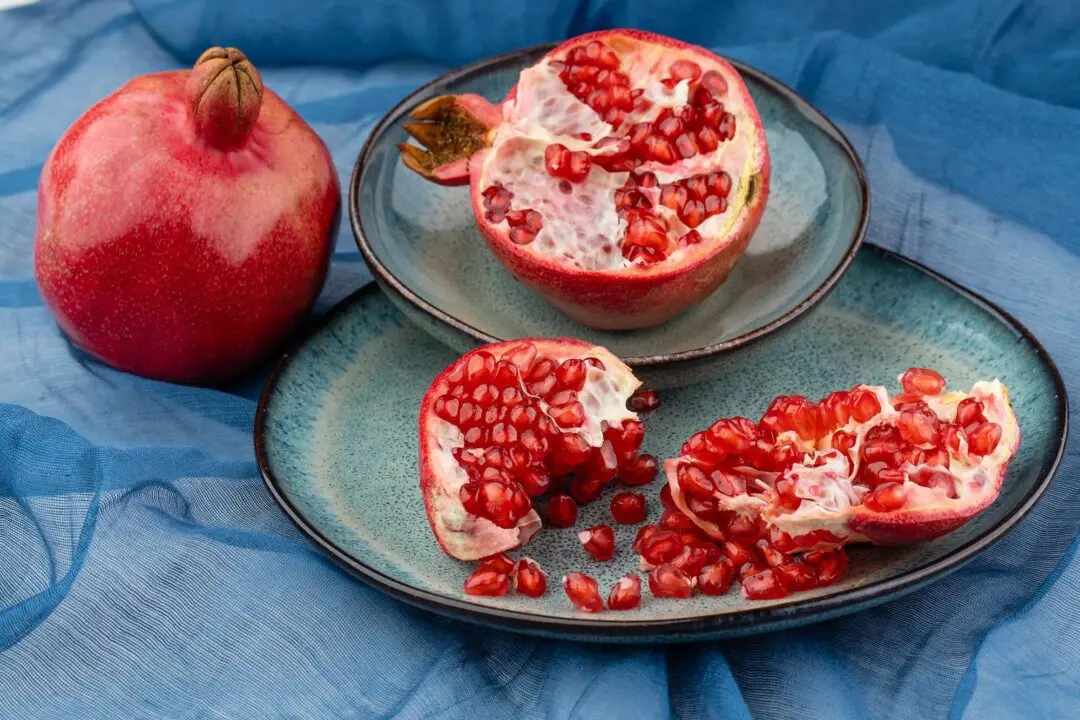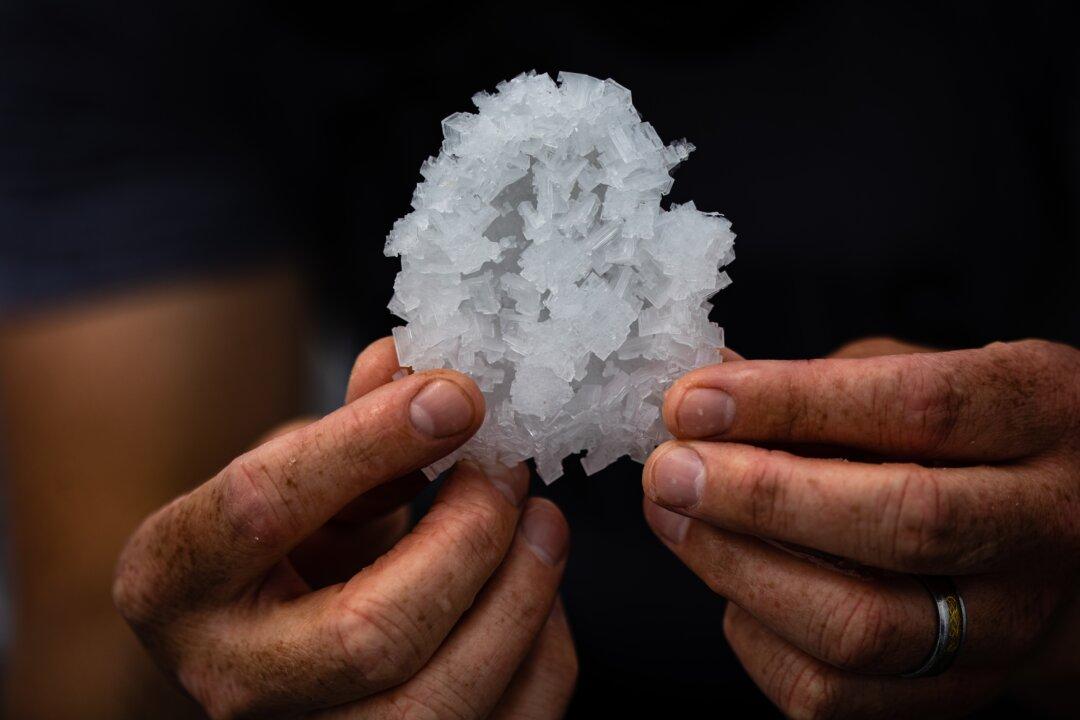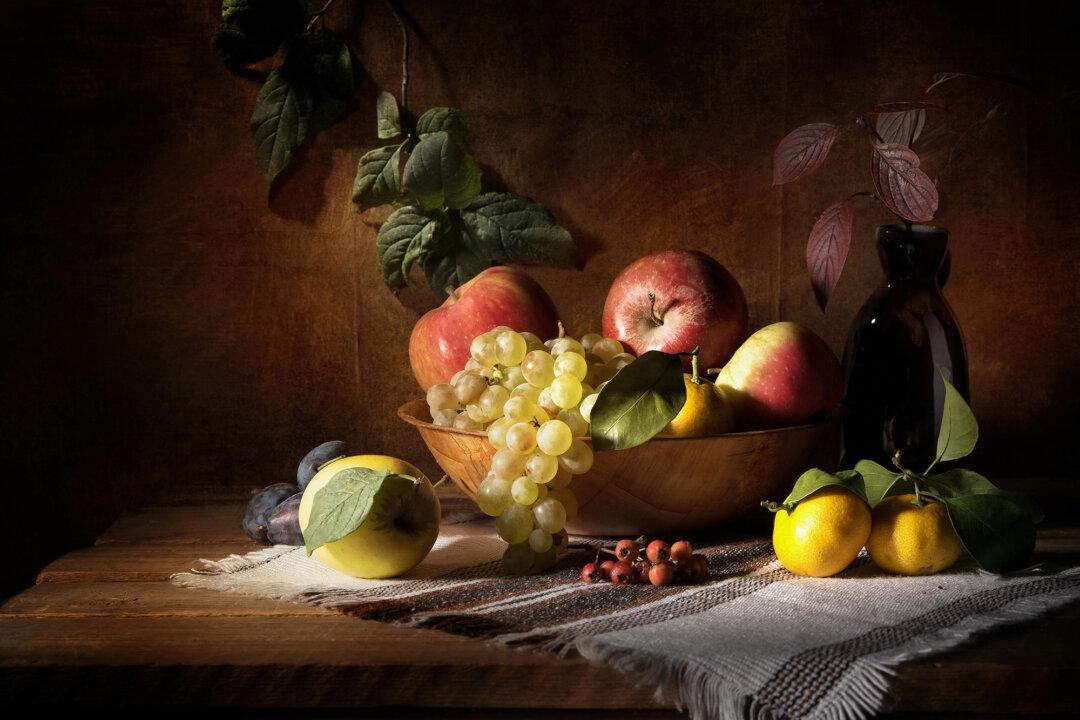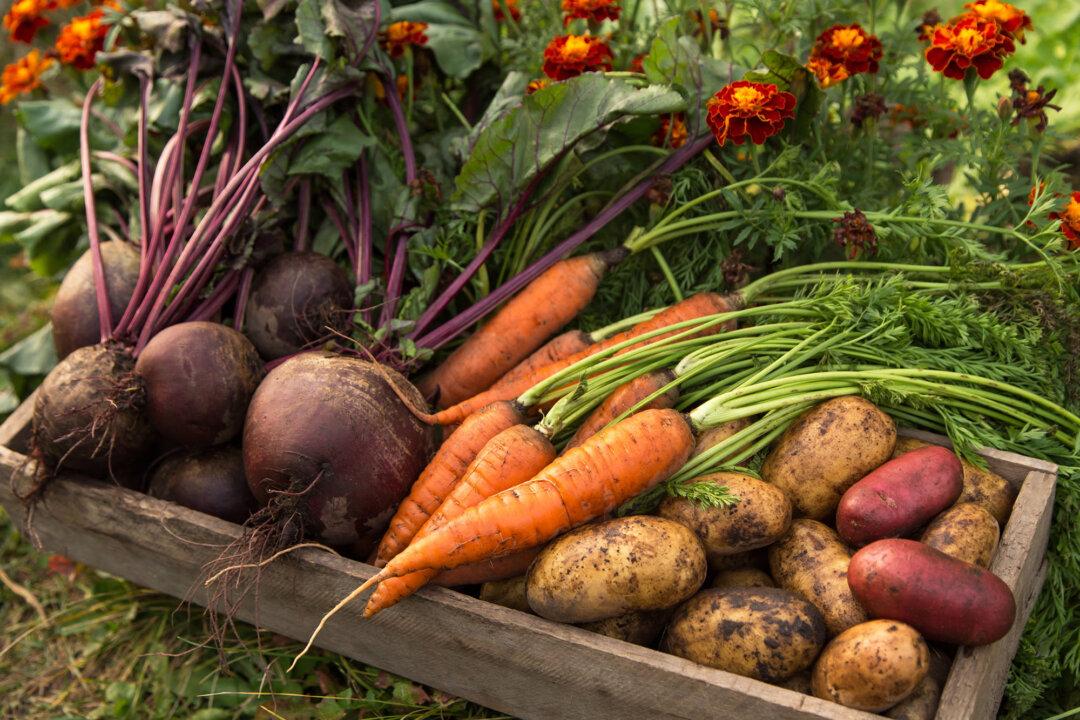“I’m your huckleberry.”
One of American cinema’s most famous lines is probably better known than the unassuming little mountain fruit it rests upon. Val Kilmer’s declaration in “Tombstone”—which his character Doc Holliday apparently did indeed say to Johnny Ringo at the OK Corral in October 1881—yields 4.2 million results in a Google search.

